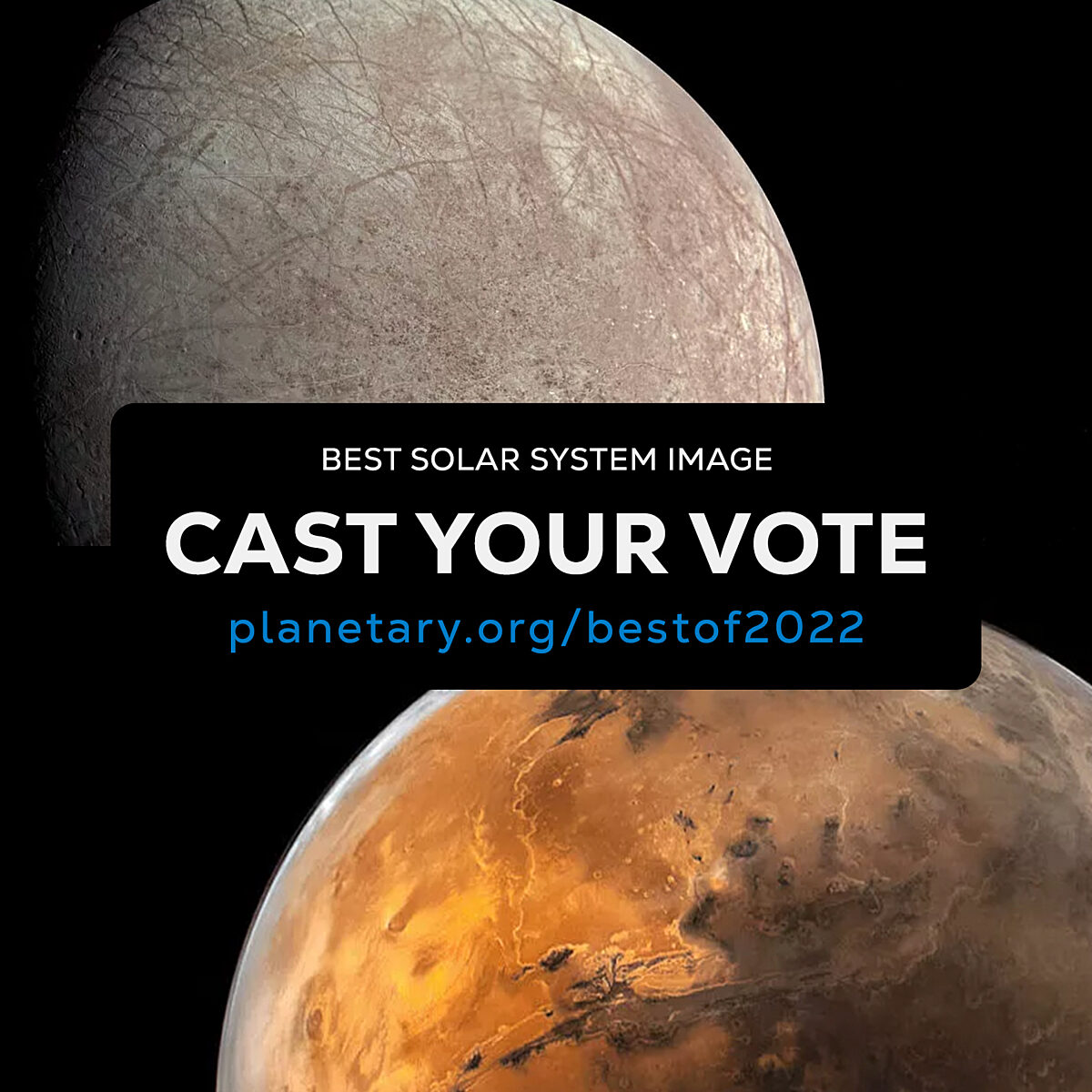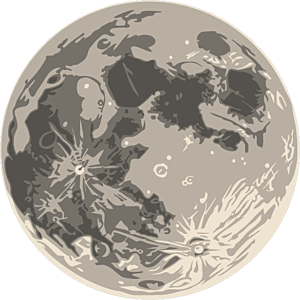The Downlink • Nov 04, 2022
A year in review and a reddish hue
Space Snapshot

We’ve shared a lot of great space images over the course of 2022, and now’s your chance to pick your favorite! “Best Solar System image” is one of the categories you can vote on in this year’s Best of 2022 Awards, along with the most exciting moment in exploration, the future mission you’re most looking forward to, and more. Voting closes Nov. 30th, and we’ll share the results in December.
You love space, now take action
This weekly newsletter is your toolkit to learn more about space, share information with your friends and family, and take direct action to support exploration. Anyone can subscribe at planetary.org/connect to receive it as a weekly email.
Mission Briefings


Headlines are abuzz with news of a “planet-killer” asteroid, but it’s not headed our way. The asteroid, named 2022 AP7, orbits the Sun on a path that crosses Earth’s orbit, but calculations show it won’t impact the Earth anytime in the next 1,000 years. At 1.5 kilometers (0.9 miles) in diameter, this is one of the largest near-Earth asteroids ever detected and would wreak planet-wide havoc if it were to hit the Earth. Most asteroids this size have been found, but ones like 2022 AP7 with orbits that go closer to the Sun than Earth are hard to spot because of the Sun’s glare. Pictured: An artist's impression of 2022 AP7. Image credit: NSF.

Traces of an ancient ocean may have been discovered on Mars. Using data collected by NASA’s Mars Global Surveyor, researchers have found evidence of a shoreline and an accumulation of sediment that are consistent with creation by a large ocean, likely covering hundreds of thousands of square kilometers. This research adds evidence to a longstanding debate about whether Mars had an ocean in its northern hemisphere.

NASA is part of the fight against cancer. Research on radiation conducted on the International Space Station is being applied to the effort to cut the United States’ cancer death rate by at least 50% over the next 25 years, a goal of the White House’s Cancer Moonshot Initiative.
From The Planetary Society


It’s always great to have an overabundance of awesome space images. We had to pick just a few candidates for the Best of 2022 Awards, but there are plenty more to enjoy. The Planetary Society has put together a collection of our favorite space images from the last month, along with expert commentary to help you get the most out of some of these stunning and scientifically rich images. Pictured: JWST captured cosmic dust shells created by the interaction of binary stars. Image credit: NASA/ESA/CSA/STScI/JPL-Caltech.

After DART’s successful asteroid deflection, what’s next for planetary defense? Tune into this week’s Planetary Radio to hear firsthand from NASA Planetary Defense Officer Lindley Johnson and Kelly Fast, the agency’s near-Earth object observation program manager, about what’s next in humanity’s effort to defend our planet.

The Planetary Society is hiring! We are currently looking to fill three positions: an Audio Editor for Planetary Radio and Planetary Radio: Space Policy Edition (contract position), a Digital Community Manager to run our social media channels and (soon-to-come) digital member community, and a Director of Government Relations to represent us in Washington, D.C.
What's Up

Jupiter and Saturn both shine bright in the night sky this week, with Saturn a bit higher in the sky. On Nov. 4th, Jupiter will be right beside the Moon. Mars rises later in the night, looking bright and reddish. On the night of Nov. 7-8 viewers in the Americas, eastern Asia, and Australia will be able to see a total lunar eclipse. The Moon will darken and may turn a shade of red from light passing through and being bent by Earth's atmosphere. Learn more about what to see in November’s night skies.
Wow of the Week

Lunar eclipses are red for the same reason that sunsets are red. When the Sun’s light passes through the molecules that make up the atmosphere, shorter wavelengths of light get scattered. When you see the Sun on the horizon, its light is passing through more of the atmosphere to get to you, and more wavelengths of light are scattered, allowing the longer (redder) wavelengths to reach your eyes without being mixed with other wavelengths (which would combine to look like white light). Likewise, when the Moon is in the Earth’s shadow, some sunlight still reaches it by being bent (or refracted) around the edges of the Earth, i.e. through our atmosphere. The shorter wavelengths are all scattered away, and only red light makes it through.
Send us your artwork!
We love to feature space artwork in the Downlink. If you create any kind of space-related art, we invite you to send it to us by replying to any Downlink email or writing to [email protected]. Please let us know in your email if you’re a Planetary Society member!


 Explore Worlds
Explore Worlds Find Life
Find Life Defend Earth
Defend Earth

